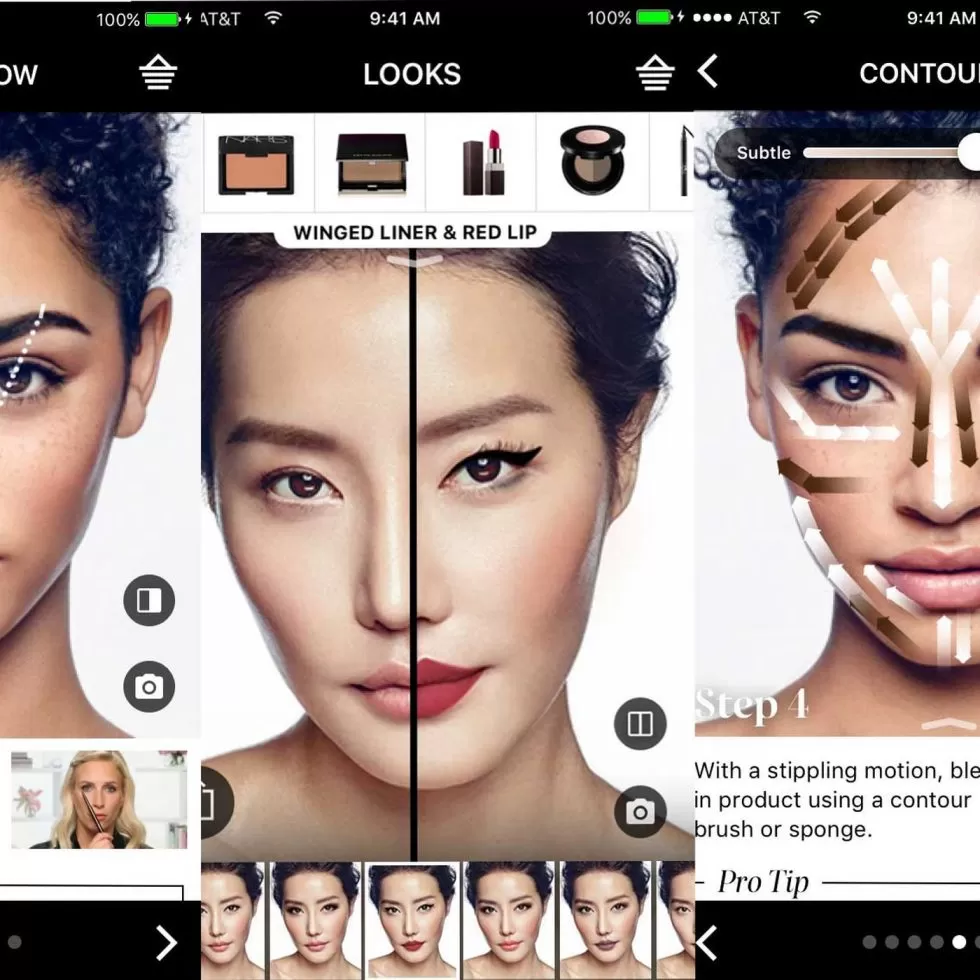Email personalization is an area where generative AI can play a significant role in enhancing the customer experience. By leveraging advanced natural language processing (NLP) techniques, generative AI models can analyze large amounts of data to generate personalized and engaging email content.
However, it’s essential to address some common challenges and misconceptions that can arise when using generative AI for email personalization. Let’s explore a few of them:
- Hallucination: Generative AI models are trained on vast amounts of text data to learn patterns and generate coherent text. While these models are capable of producing impressive outputs, they can occasionally generate content that may not be factually accurate or contextually appropriate. Therefore, it’s crucial to carefully review and curate the content generated by AI models to ensure its accuracy and alignment with your brand guidelines.
- Confusion: Generative AI models can sometimes get confused when presented with ambiguous or contradictory information. They may struggle to understand the intent behind certain requests or produce inconsistent responses. It’s important to provide clear and specific instructions to the AI model to minimize confusion and improve the quality of the generated content.
- Ethical considerations: AI-generated emails should comply with ethical guidelines and legal regulations. Care must be taken to avoid deceptive practices or misleading information. Transparency about the use of AI and clearly indicating when a message is generated by a machine can help maintain trust with recipients.
To harness the power of generative AI for email personalization effectively, consider the following best practices:
- Training data: Ensure that the training data for the AI model is diverse, representative, and high-quality. This helps the model to learn from a wide range of examples and produce more relevant and accurate email content.
- Fine-tuning: Fine-tune the generative AI model using your specific email dataset or use case. By fine-tuning the model, you can align it more closely with your brand’s tone of voice and optimize its output for your specific email personalization goals.
- Human oversight: While AI can automate the generation of personalized email content, human oversight is crucial. Review and edit the AI-generated content to ensure it meets your quality standards, maintains consistency, and aligns with your brand voice.
- A/B testing: Implement A/B testing to compare the performance of AI-generated emails against traditional methods or different variations of AI-generated content. This allows you to assess the impact of generative AI on key metrics such as open rates, click-through rates, and conversions. (Editorial Note: We would question this as perpetual machine learning should reflect this as a integral fundamental anyway).
- Continuous improvement: Monitor the performance of AI-generated emails over time and collect feedback from recipients. Use this feedback to iteratively improve the AI model and optimize the email personalization process.
Generative AI personalization revolution
Generative AI has the potential to revolutionize email personalization by automating content creation and tailoring messages to individual recipients. However, it’s important to address the challenges of hallucination, confusion, and ethical considerations through careful implementation and human oversight. With a thoughtful approach, generative AI can enhance email personalization and deliver engaging experiences for recipients.
While generative AI has made significant advancements in recent years, it is true that there are still limitations to its capabilities, particularly in the context of creating highly personalized emails. Here are some areas where current AI technology falls short:
- Contextual Understanding: AI models like GPT-3 can generate coherent and contextually relevant text, but they often lack a deep understanding of the nuances and specifics of individual users. Personalized emails require a deep understanding of a person’s preferences, history, and unique circumstances, which may not be captured accurately by current AI systems.
- Emotional Intelligence: Writing highly personalized emails often involves understanding and addressing the emotional state of the recipient. AI models struggle to accurately interpret and respond to emotions, which can result in tone-deaf or inappropriate messages. Empathy and emotional intelligence are complex human traits that are challenging to replicate with AI.
- Domain-Specific Knowledge: Personalized emails may require expertise in specific domains, such as legal, medical, or technical subjects. While AI models can be trained on vast amounts of data, they may still lack the depth of knowledge and experience necessary to provide accurate and reliable information in specialized fields.
- Privacy Concerns: Generating highly personalized emails requires access to substantial amounts of personal data, which raises privacy concerns. Current AI systems must adhere to strict data privacy regulations and guidelines to ensure that sensitive information is protected. Striking the right balance between personalization and privacy is an ongoing challenge.
- Unintended Bias: AI models are trained on existing data, which may contain biases present in the training set. This can result in AI-generated emails that inadvertently perpetuate biased or discriminatory content. Addressing bias in AI systems is an active area of research and development.
Despite these limitations, generative AI can still be a valuable tool in assisting with email composition and personalization. It can provide suggestions, templates, and automate certain repetitive tasks. However, relying solely on AI for highly personalized emails may not be fully realized until future advancements in AI technology address these challenges and limitations.
The best example I’ve seen of generative artificial intelligence (AI) writing a one-to-one email was a meeting request for a salesperson. First, that’s a pretty generic request — and, in the example, amounted to 10 words. Not a big time-saver. Second, the salesperson is chaperoning the AI, and if they don’t like what’s written, they either have to edit it or write a followup prompt for changes, which further reduces the time-savings. In that example, the degree to which it was personalized was achieved through manual intervention and not automatically driven by the recipient’s past behaviors, demographics or other criteria — which is the traditional definition of personalization.
You raise valid points about the limitations of generative AI when it comes to writing a one-to-one email for a salesperson. While AI has made significant advancements in natural language generation, there are still challenges to overcome in achieving effective personalization and time-saving benefits in certain contexts.
- Generic Requests: As you mentioned, the example you observed was a generic meeting request consisting of only 10 words. In such cases, the AI-generated content may not offer substantial time savings since writing a concise request like that manually would likely be just as quick.
- Manual Intervention: If the salesperson is required to chaperone the AI and review/edit the generated content, it can diminish the potential time-saving benefits. This manual intervention essentially adds an extra step in the process, reducing the efficiency of using AI for email composition.
- Lack of Personalization: The example you provided indicates that the personalization achieved in the email was not automatically driven by recipient-specific data, such as past behaviors or demographics. True personalization would involve the AI leveraging such information to create tailored and relevant content. Without this automated personalization, the generated email may not effectively engage the recipient or establish a strong connection.
It’s important to note that while generative AI has made strides in various language-related tasks, its application in certain contexts may still be limited by factors like data availability, training methodologies, and the specific use case at hand. Ongoing research and advancements are continually working to address these limitations and improve the capabilities of generative AI systems.
Even if generative ai personalisation can boost performance, a positive return on investment is unlikely — definitely not at current “per token” price levels. And given email volumes, it’s possible that generative AI personalization may never make financial sense except for highly targeted campaigns.
The statement you made raises valid points about the cost-effectiveness of generative AI personalization in certain contexts. While generative AI can indeed enhance performance and improve personalization, the financial viability of implementing it depends on various factors.
The “per token” price refers to the cost associated with generating each token of text using AI models. Currently, generating large volumes of text using generative AI can be computationally expensive, which can translate into higher costs. These costs might make it challenging to achieve a positive return on investment (ROI), particularly for high-volume email campaigns.
Email volumes are often substantial, and if a company needs to personalize a large number of emails, the cost of implementing generative AI personalization across such a scale may outweigh the benefits. In such cases, it becomes less likely that generative AI personalization would make financial sense, especially when considering the current price levels.
However, it’s important to note that the field of AI is rapidly evolving, and as technology advances, the cost of using generative AI models may decrease over time. Additionally, for highly targeted campaigns where personalized content is crucial, the benefits of generative AI personalization may outweigh the costs.
Ultimately, the financial feasibility of generative AI personalization depends on the specific use case, the resources available, and the expected return on investment. It is essential to carefully evaluate the costs and benefits before deciding whether to implement generative AI personalization in a given context.
This entire article is written using ChatGPT. Please indulge us the discrepancies, but they’re included to illustrate where AI is currently at.





